A piano is a delicate blend of craftsmanship, wood, and metal that can last for generations if cared for properly. Temperature and humidity are key factors in the piano’s longevity, tone, and appearance; extreme fluctuations can lead to costly repairs. From cracked soundboards to sticky keys, improper piano storage can cause serious issues. Whether storing it for a few weeks or long-term, understanding the best temperature, humidity, and care practices is essential to ensure your instrument stays in excellent condition. This guide will cover the best way to store a piano, including ideal temperature and humidity levels, safe storage locations, and expert-approved maintenance tips.
Why Proper Piano Storage Matters
Pianos are made from materials sensitive to environmental conditions, making proper storage crucial. The soundboard, crafted from wood, expands and contracts with changes in temperature and humidity. Fluctuations and poor storage conditions can cause warping, cracking, or disrupt its structure, affecting the overall sound quality. The metal strings and tuning pins also react to changes in climate, which can lead to instability in tuning. Improper piano storage conditions, such as garages, attics, or basements, can cause keys to stick, cracks to form in the finish, or internal mechanisms to corrode. Proper piano storage helps prevent these costly issues, which may permanently damage your piano.
Ideal Temperature and Humidity for Piano Storage
When storing your piano, it’s crucial to consider the environmental conditions that affect its longevity. The right temperature and humidity are vital to maintaining the piano’s integrity.
Recommended Temperature Range for Pianos
The best way to store a piano starts with keeping it in a steady temperature, ideally between 65°F and 72°F (18.3°C to 22.2°C). Extreme heat can dry out the wood, leading to cracks and warped internal components, while cold can cause the wooden parts to shrink or become brittle. At home, avoid storing your piano near heating vents, radiators, air conditioning units, or exterior doors, as these can cause sudden temperature fluctuations.
The Importance of Humidity Control
The ideal humidity level for piano storage is between 40% and 50%. If the environment is too dry, the piano’s soundboard may shrink and crack; if it’s too humid, the wood can swell, leading to sticking keys or warped components. To maintain balance, consider using a humidifier when the moisture is too low or a dehumidifier when it’s too high.
Climate-Controlled Storage: When Is It Necessary?
If your home can’t consistently maintain proper piano climate control, especially during seasonal extremes or for long-term storage, then a climate-controlled storage facility is the safest option. These specialized units are designed to retain ideal temperature and humidity ranges throughout the year. This is especially important in Arkansas, where hot summers and fluctuating humidity can damage sensitive wooden instruments. A professional storage service with piano care expertise can give you peace of mind when storing your valuable instrument.
Best Locations to Store a Piano
Where you place your piano, whether in your home or a storage facility, can significantly impact its long-term condition. Here are some piano storage tips that can help you choose the right spot.
Avoid Basements, Garages, and Attics
These spaces are prone to extreme temperatures, moisture buildup, and poor air circulation, making them some of the most unsuitable places for piano storage. High humidity in basements can lead to mold and rust, while uninsulated attics and garages often experience extreme heat or cold that quickly damages the piano’s structure. These areas are also more likely to harbor pests such as mice or insects that can damage your piano’s exterior and internal mechanisms.
Ideal Spots for Piano Storage
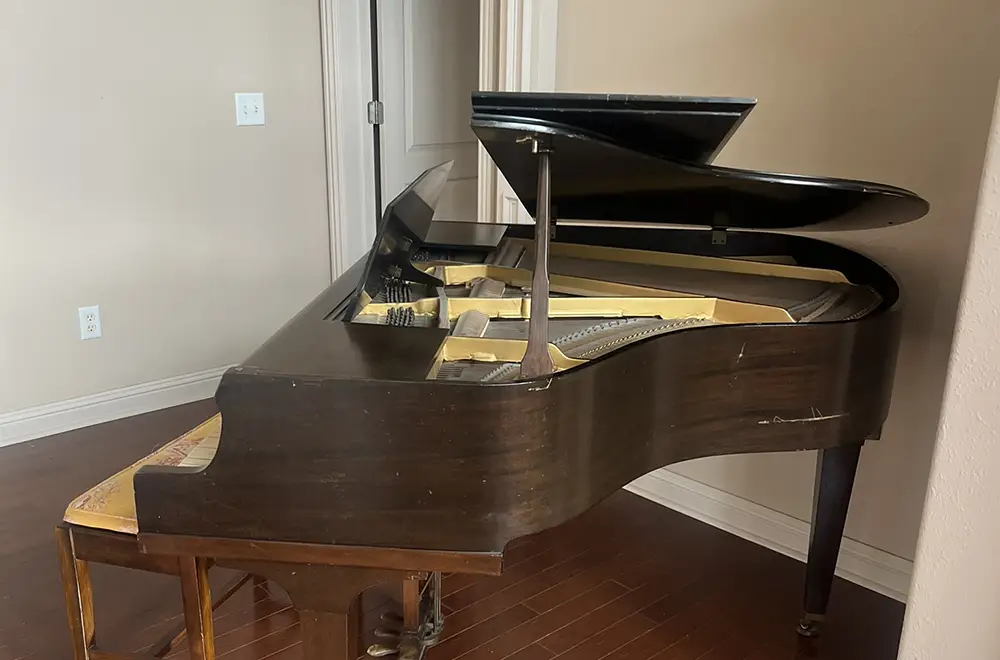
The best way to store a piano at home is in an interior room with minimal exposure to external temperature and humidity fluctuations. Choose a room away from windows, exterior doors, fireplaces, and air vents. Guest bedrooms, study rooms, home offices, and large closets can work well, especially if they’re centrally located within the home. Keep the piano away from direct sunlight, as UV rays can fade the finish and cause the wood to dry out. If possible, place the piano against an interior wall where the climate is more stable.
Climate-Controlled Piano Storage Facility
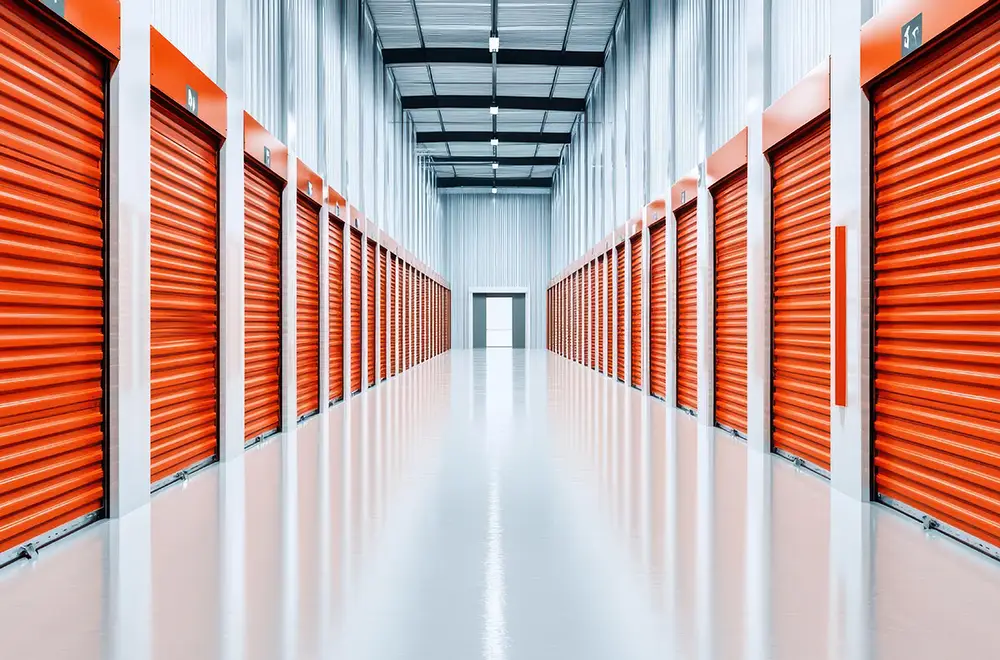
If you don’t have stable conditions at home or if you need to store your piano during a move or relocation, a piano storage facility offers the best option. Look for a climate-controlled storage facility that keeps temperatures between 68°F and 72°F and maintains a relative humidity between 40% and 60%. Avoid general storage units as these often lack the needed regulation to protect your instrument against environmental damage, dust, and debris. Reputable providers like Piano Specialists of Arkansas offer padded protection, humidity monitoring, and experienced staff who understand how to care for delicate instruments, ensuring your piano receives the proper attention while in storage.
Preparing Your Piano for Storage
Before moving your piano to the home storage room or a professional facility, ensure you take these few key preparation steps:
Clean and Cover the Piano Properly
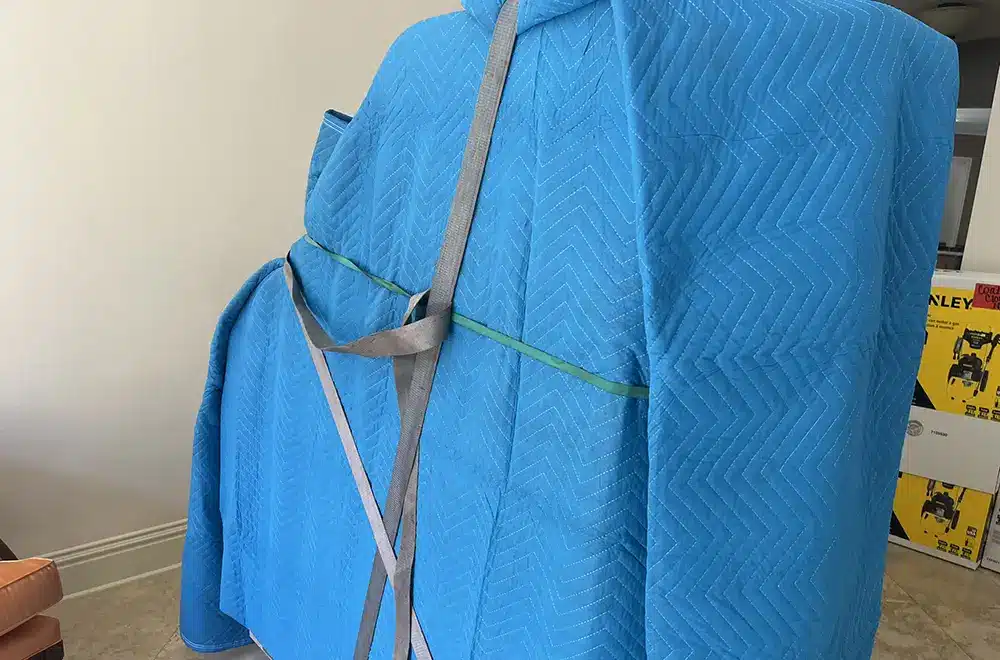
Start by gently dusting and cleaning the piano’s surface with a soft, dry cloth. Close the keyboard lid to protect the keys, and then cover the piano with a breathable cloth or custom piano cover. Avoid plastic or vinyl covers, which can trap moisture and lead to mildew or finish damage. A breathable cover helps keep dust off while allowing air to circulate, which is essential for long-term storage.
Secure Moving Parts Before Storage
To prevent accidental damage, secure all moving parts of the piano. Lock the keyboard lid and use padding or soft fabric to wrap the pedals and detachable pieces for safe transport with a professional mover. This protects delicate components during transport and also reduces the risk of damage from accidental movement or shifting while in storage.
Arrange Professional Piano Moving and Tuning Services
Pianos are extremely heavy and complex, so don’t attempt to move yours alone. Hire professional piano movers, like Piano Specialists of Arkansas, who understand how to handle the instrument without damaging internal parts. Once the piano comes out of storage, schedule a tuning appointment with a certified technician.
Long-Term Piano Storage: What You Need to Know
If your upright piano will be in storage for several months or years, there are extra steps you should take to maintain its condition in climate-controlled piano storage.
Periodic Maintenance for Stored Pianos
Even while in storage, your piano needs occasional maintenance. After every month or two, check the humidity levels using a hygrometer to ensure they remain within the ideal range. Visually inspect the piano for signs of mold, warping, or cracks. If you’re using a piano climate control system, ensure it’s functioning properly.
Re-Tuning After Storage
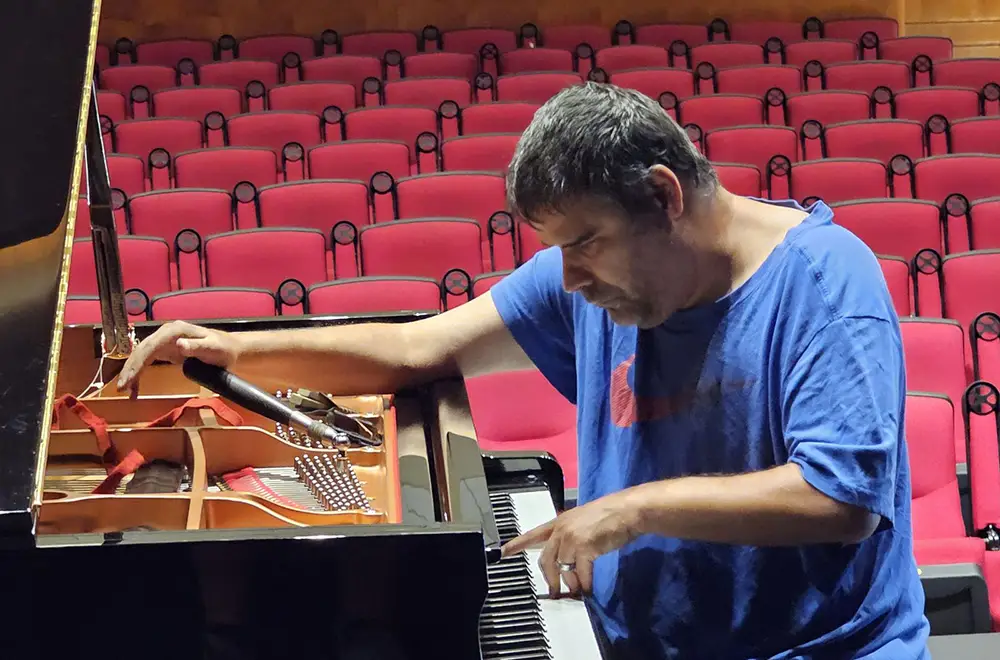
After storing your piano, it will require a tuning session even if it was stored under ideal conditions. Pianos are sensitive to movement and climate changes, which can alter sound quality. The string tension can shift naturally over time, and changes in temperature or humidity can alter pitch. A skilled piano technician can restore proper pitch and inspect for any issues that may have developed during storage, ensuring that your piano returns to full playing condition.
Common Mistakes to Avoid When Storing a Piano
Even with the best intentions, some piano owners fall into avoidable pitfalls. Here are a few piano storage mistakes to watch out for:
- Storing in non-climate-controlled areas, such as garages or basements, can cause the wood to warp and damage internal parts.
- Leaving the piano uncovered exposes it to dust, pests, and sunlight, which can degrade the finish and keys.
- Ignoring humidity levels can lead to structural damage and persistent tuning issues.
- Failing to tune the piano after storage results in prolonged sound instability and potential string tension problems.
- Failing to plan and attempting a DIY relocation increases the risk of physical damage to your piano, property, and the mover
Following these piano storage tips can help you improve the chances of your instrument staying in excellent shape and playing condition, especially if you consider piano storage services.
Additional Resources for Piano Owners
For more detailed guidance on piano storage conditions and care, consider consulting trusted experts like a moving company that specializes in piano moving offers. Steinway & Sons, Yamaha, and The Piano Buyer, all of whom offer excellent care resources. For those in Arkansas seeking professional help, Piano Specialists of Arkansas provides expert storage, tuning, and moving services designed to protect your piano every step of the way. Whether moving, remodeling, or storing your upright piano long-term, it’s worth working with specialists who understand how to preserve your instrument’s integrity.
Keep Your Piano Safe: Final Tips for Successful Storage
Successful piano storage requires attention to detail, including prioritizing stable temperature and humidity, avoiding extreme locations such as garages and attics, and cleaning and securing the instrument before storage. Also, remember to schedule regular maintenance and tuning, whether keeping it in your home or using a climate-controlled storage unit. If you’re unsure whether your home meets the right piano storage conditions, or if you’re planning long-term storage, consult professionals like Piano Specialists of Arkansas. We’re here to help keep your piano safe, sound, and singing.
Related Posts
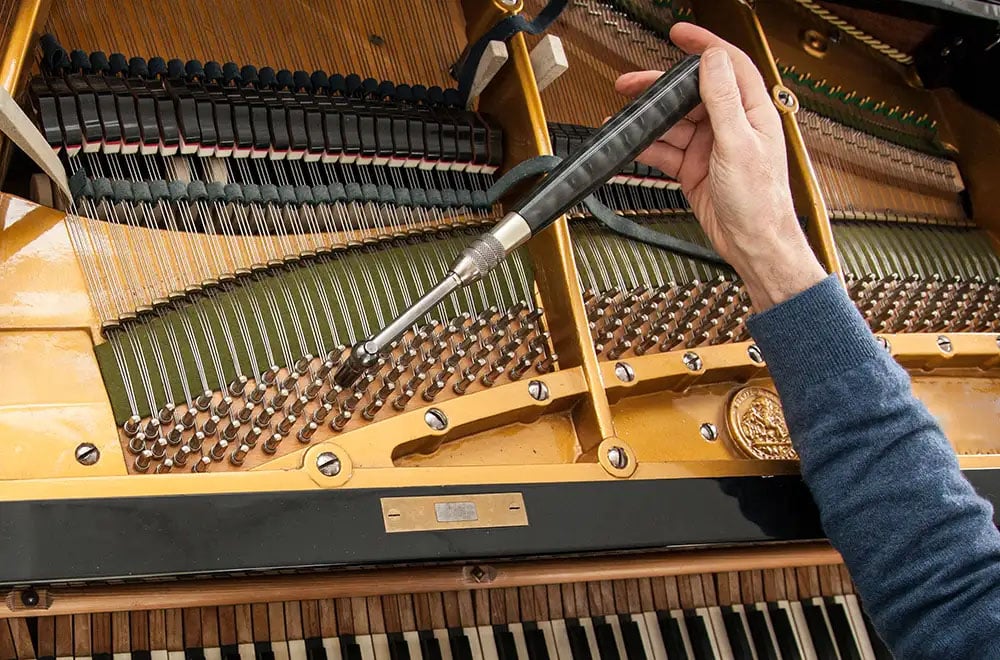
Is Your Piano Holiday-Ready? Piano Tuning & Maintenance Tips Before Guests Arrive
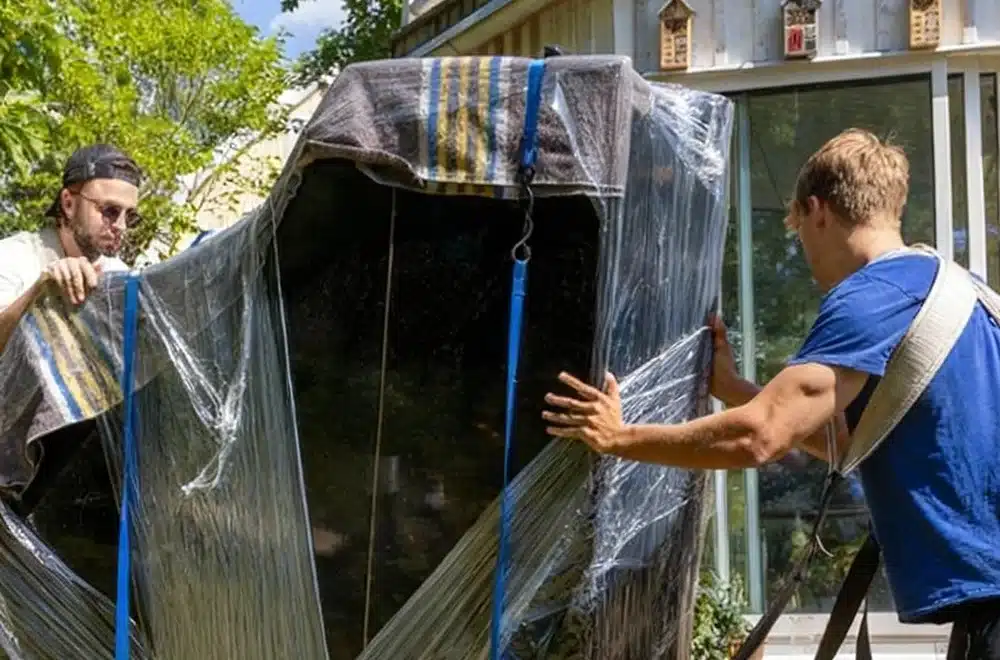
How to Prepare Your Piano for a Move: A Step-by-Step Guide
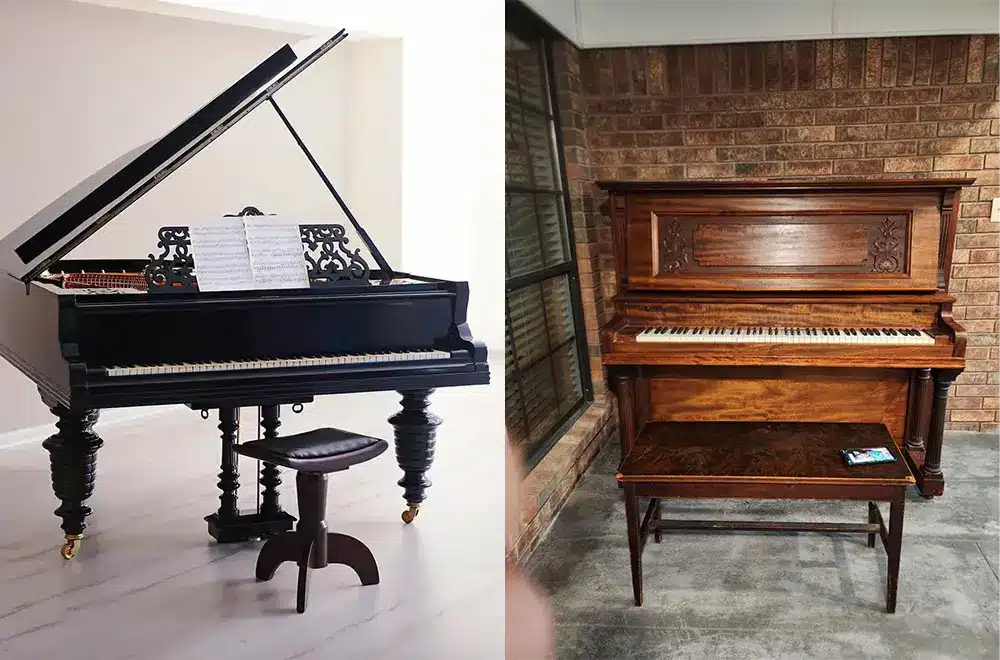
Understanding the Different Types of Pianos: Upright vs Grand
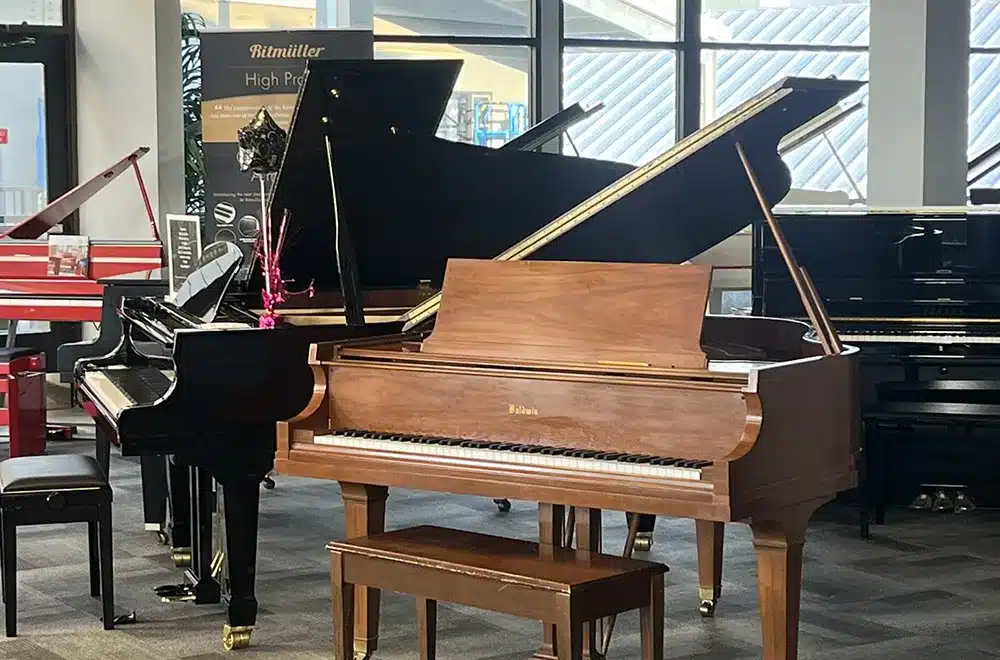
Should You Buy a New or Used Piano? Pros and Cons Explained

What Is Piano Rescue? How We Help Save Pianos in Distress

Why Hiring Professional Piano Movers Is Worth It

How Much Does It Cost to Move a Piano?
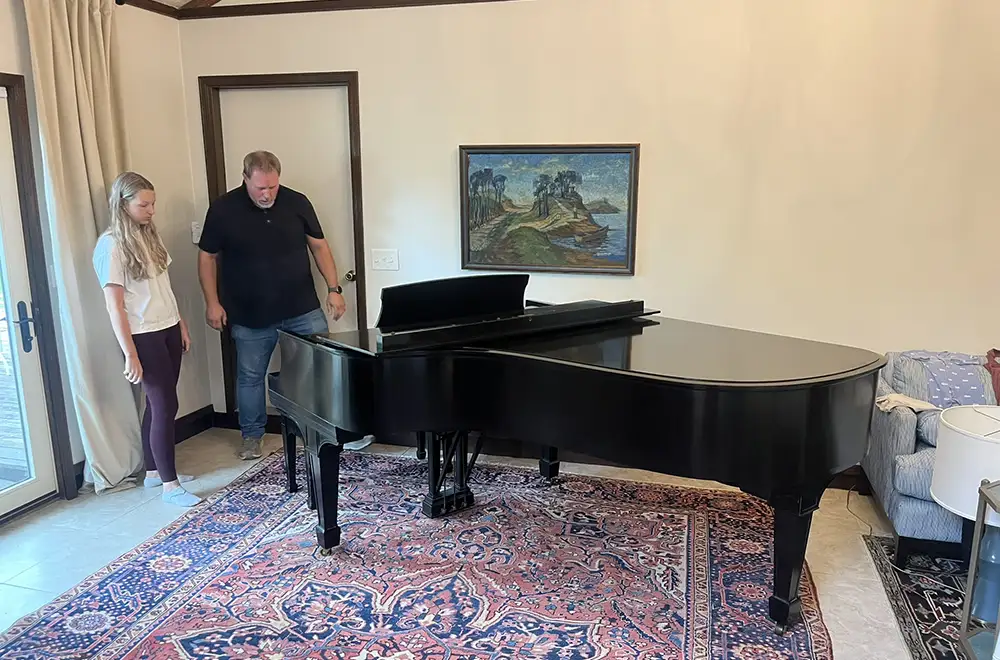
How To Rent a Piano – Essential Tips for Beginners & Musicians

The Ultimate Guide to Piano Tuning: How Often Should You Tune Your Piano?
